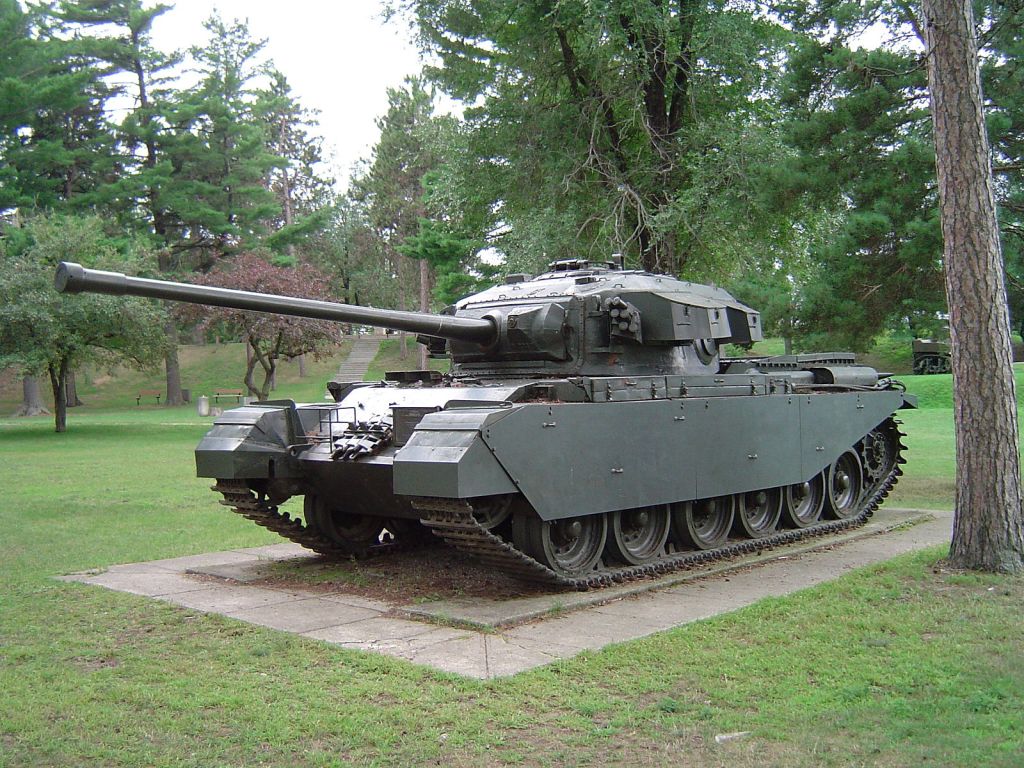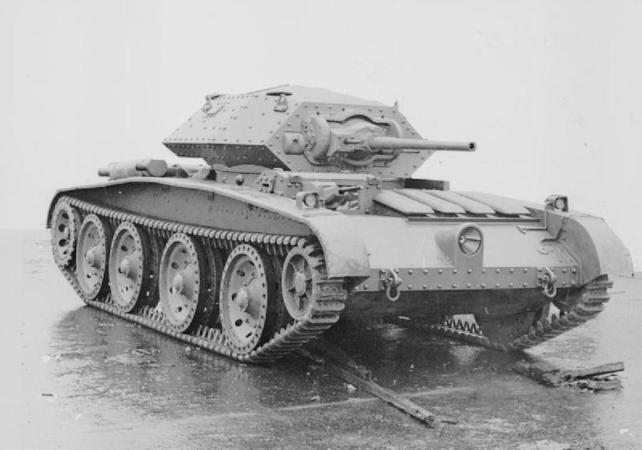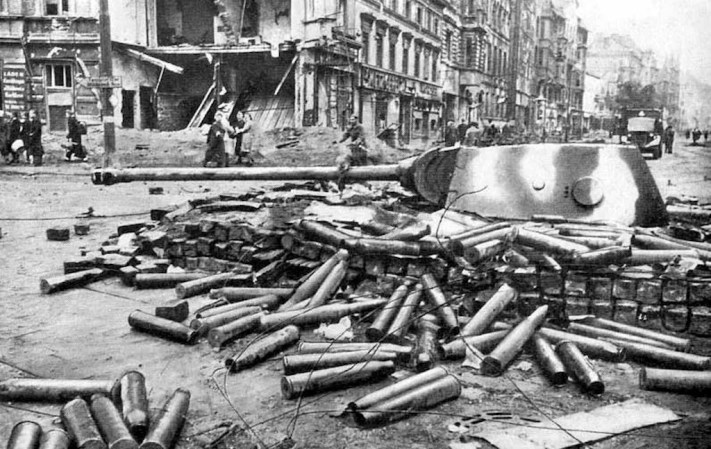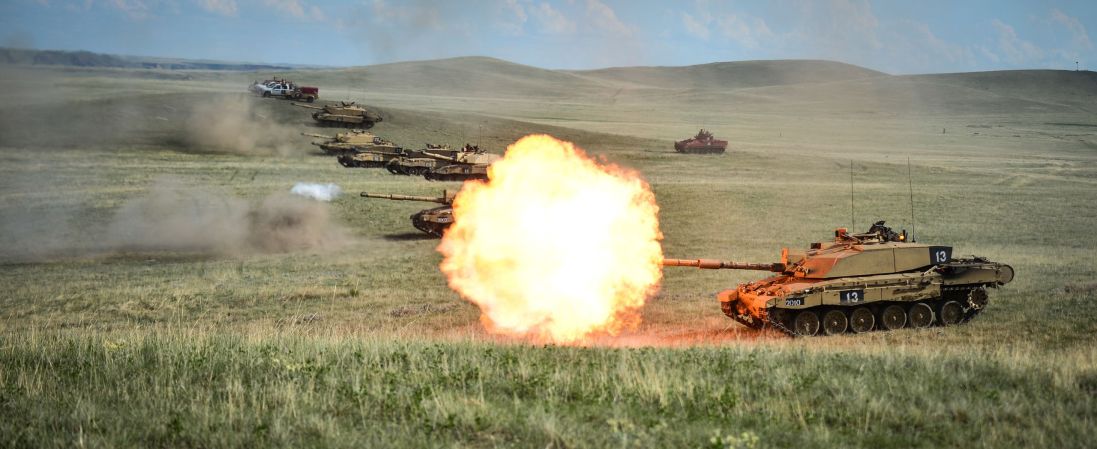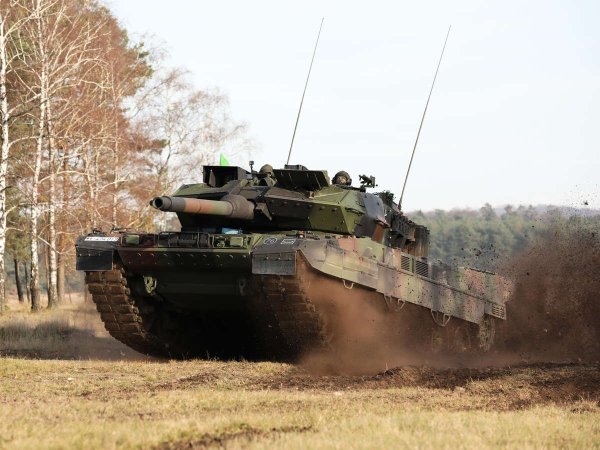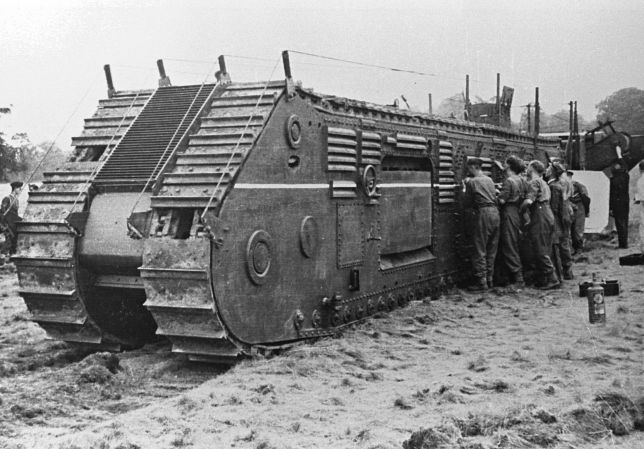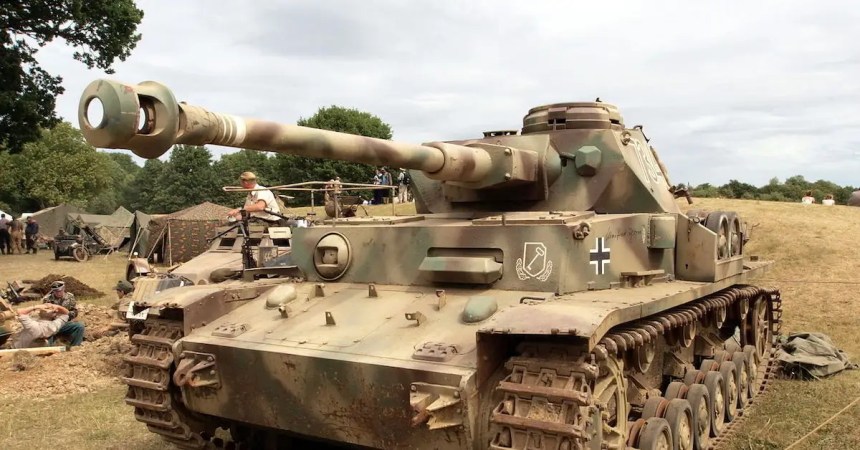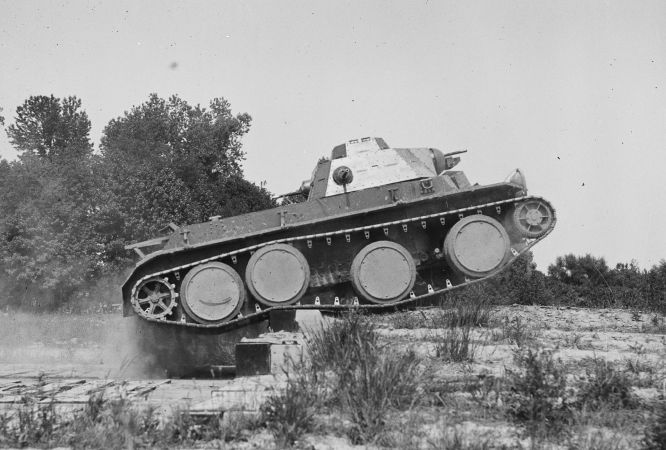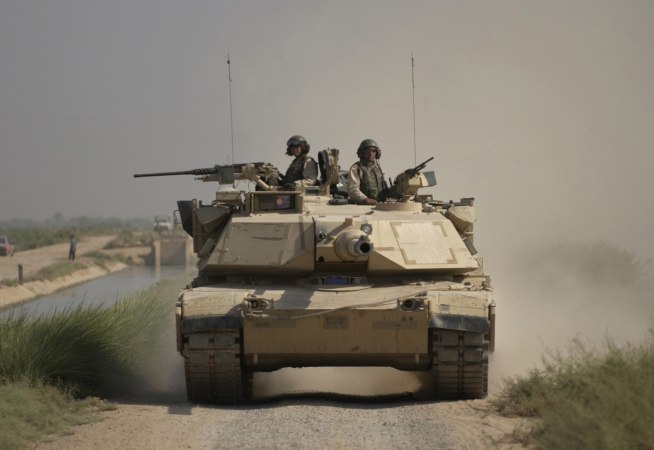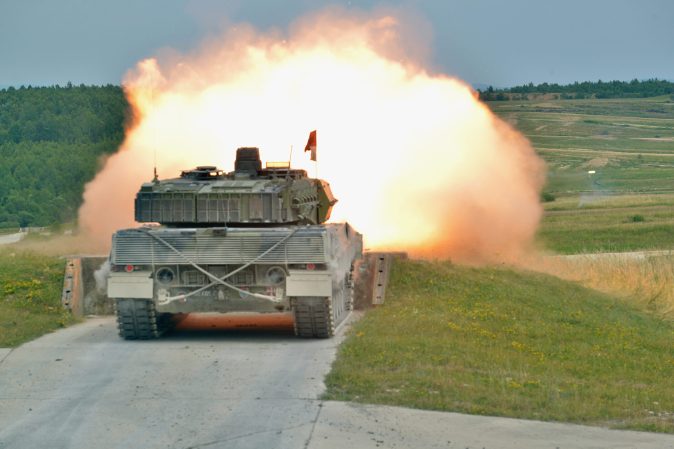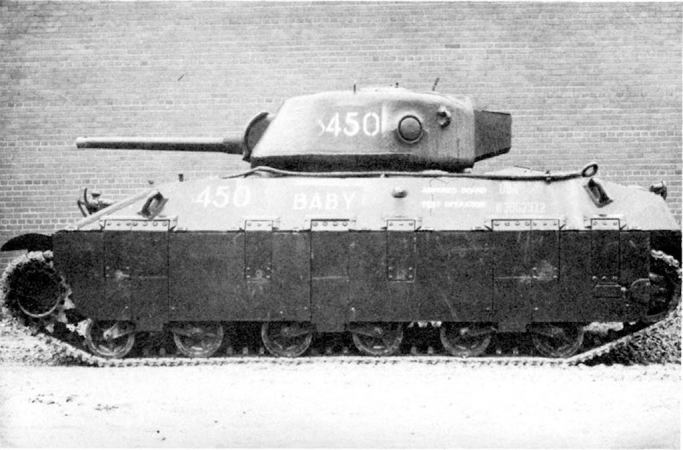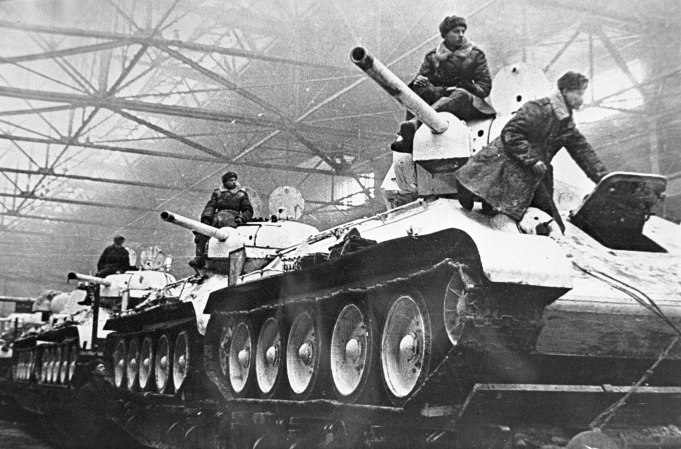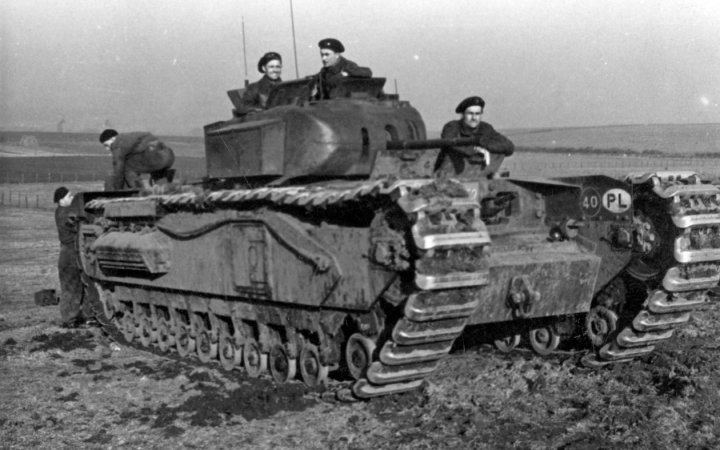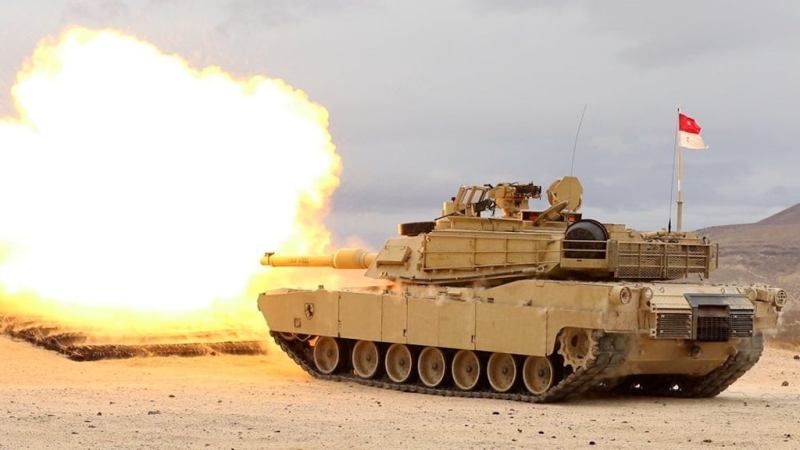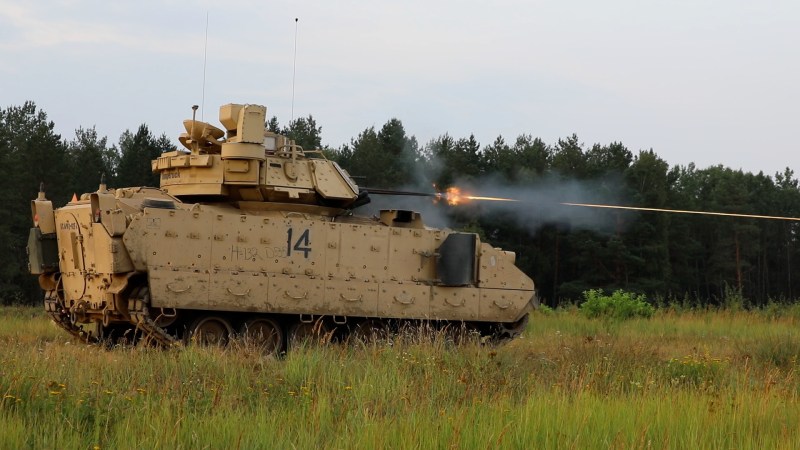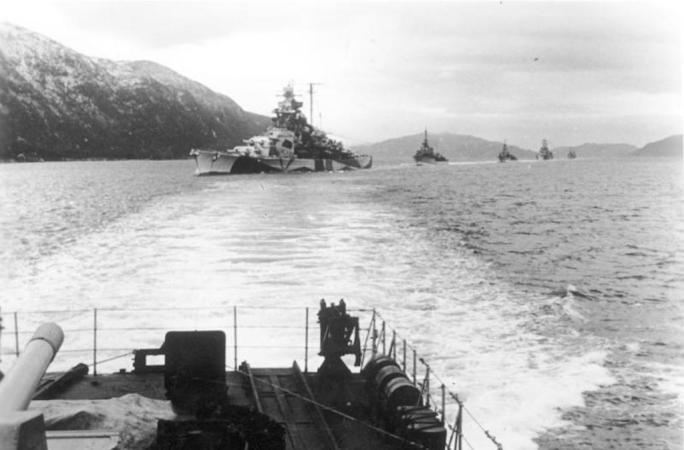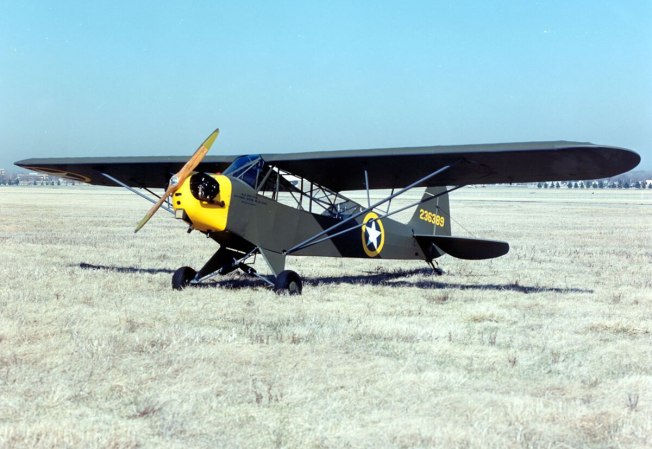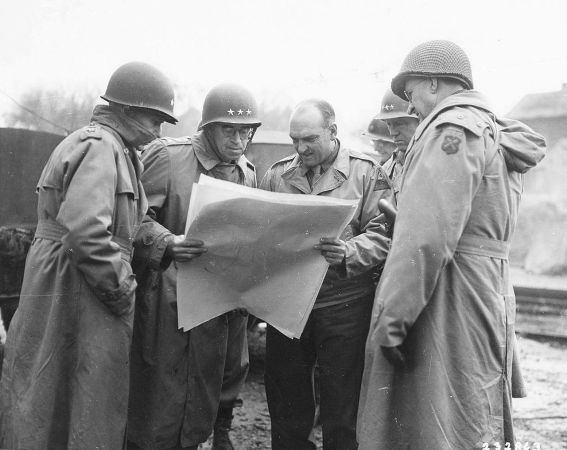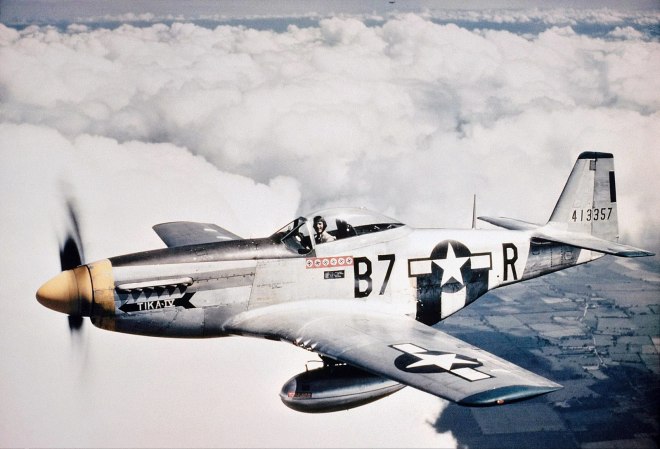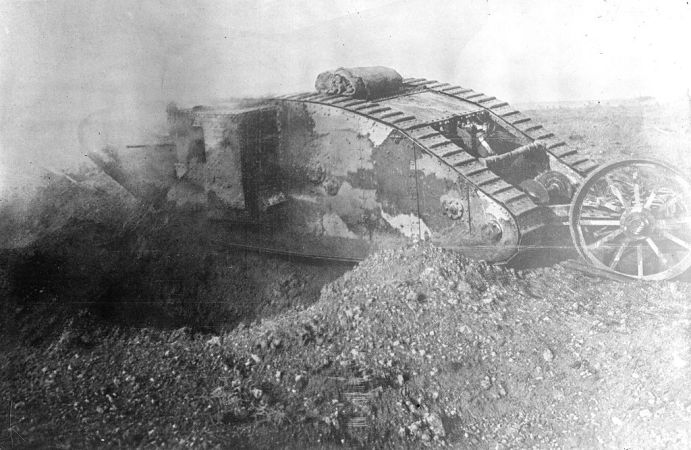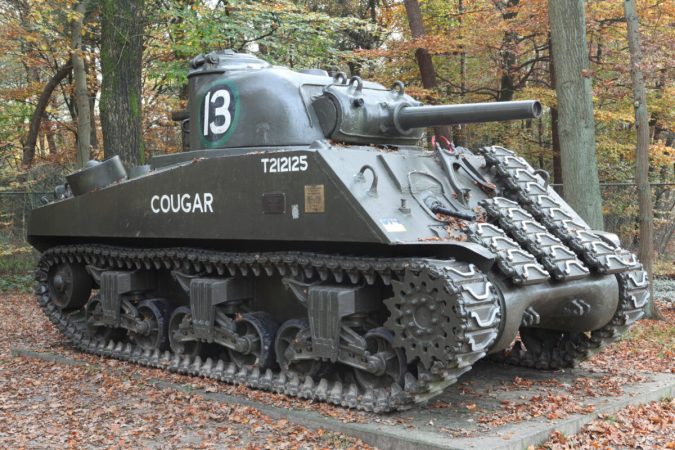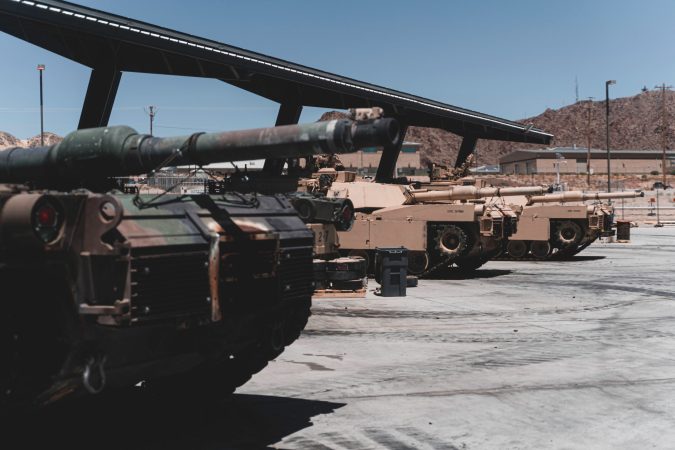Britain’s tankers in World War II struggled to find a good, stable ride to take into battle. British designers delivered boondoggle after boondoggle to the armored corps. British tanks were too hard to maintain, often overheated, had underpowered guns, and more. But the British finally built the absolutely legendary Centurion tank…too late to get it into combat.
The British tanks of World War II
The problem started between the wars. The island empire invented tanks and tank warfare in World War I, but it underinvested in tanks ahead of World War II. Arguably, the biggest problem was that Britain couldn’t decide how it wanted armored formations to fight, so it couldn’t decide what sort of tank to build.
Even on the eve of war, British leaders futzed around with different ideas and didn’t commit. The closest it came was in 1936 when it decided to pursue three types of tanks: heavy, infantry, and cruisers. Cruisers served a role closest to the main battle tanks of today, designed to fight enemy tanks, create openings in enemy lines, and rapidly exploit breakthroughs.
But then Britain struggled with designing any of these three tank types. The Covenanter overheated constantly. Light tanks like the Vickers Mark VI couldn’t kill enemy armor. Infantry tanks like the Matilda emerged for trench warfare, but trench warfare was a tiny part of World War II.
After failures in North Africa against German tanks, Britain finally asked for American tanks like the Grant and Sherman.
Those same failures in North Africa led to the development of a new, “universal” tank. Britain wanted something reliable, lethal, and survivable. In 1943, it asked industry for a new tank that would survive a hit from a German 88 gun while killing most anything the Germans had.
Enter the Centurion
British designers eventually came up with the Centurion, technically a cruiser tank. It started with a 17-pounder gun but could be upgraded. The armor included a cast turret and sloped sides. And the whole rig was propelled by a modified version of the well-loved Merlin engine that powered the Spitfire and Mustang. It weighed just over 40 tons.
Britain ordered 20 pilot versions and these were sent to weapons trials in 1945. The first Centurion tanks sent to combat rolled east in May-June 1945 but didn’t reach the front until after the war ended.
As Britain prepared for potential conflict with the Soviet Union, the Centurion proved itself better in tankers’ hands than anything else available. Britain ordered a new version of the tank with more armor and a larger gun.
As the Cold War continued, Britain kept upgrading the Centurion. It got better engines, a stabilizer for the gun, infrared sights, night vision, a .50-cal. machine gun for ranging, and more.
Canada, meanwhile, decided to order 274 Centurion tanks in 1952-1953 after it saw the American M48 Patton struggle in Korea. It later expanded its fleet to 322 of British tanks.
In total, Britain produced 4,423 Centurion tanks for itself, Canada, and 17 other nations. Most were main battle tanks, but Centurion variants included armored recovery vehicles, bridge launchers, and self-propelled guns.
The Centurion is often described as Britain’s greatest post-war tank, but many British tankers would probably have preferred Britain got it right during World War II instead of right after.



